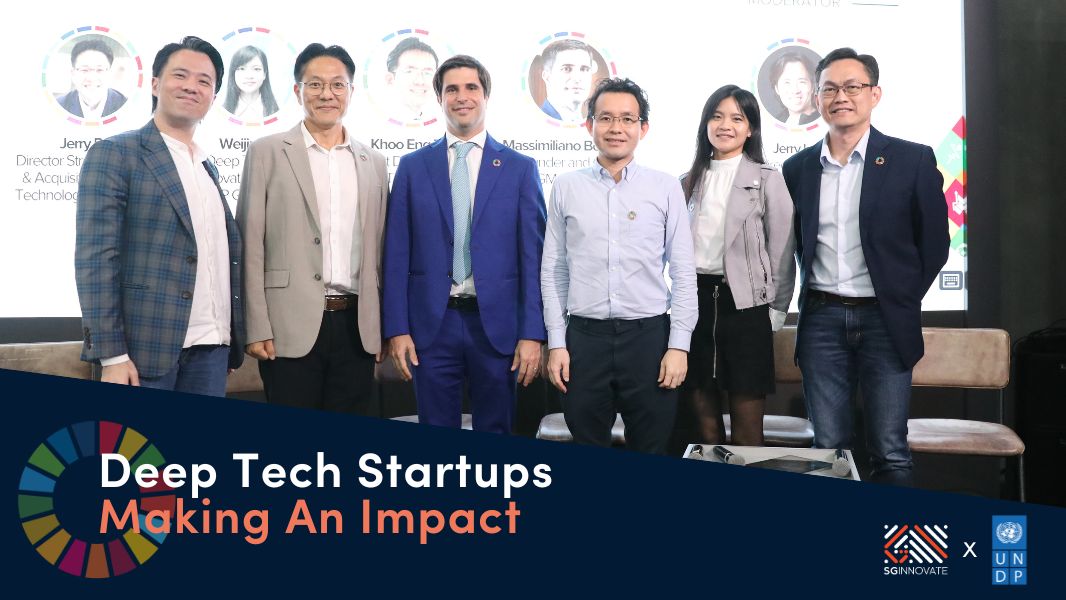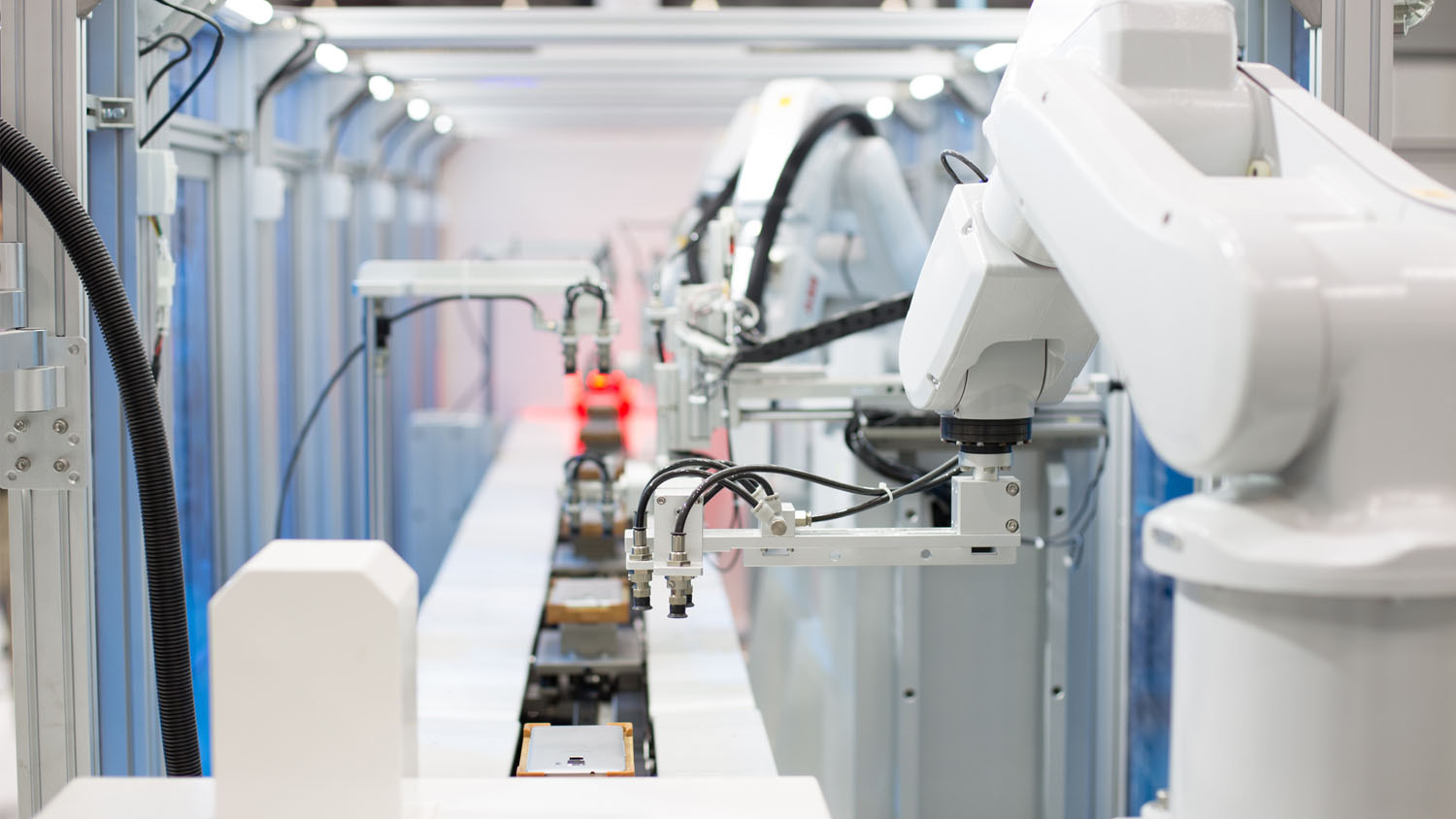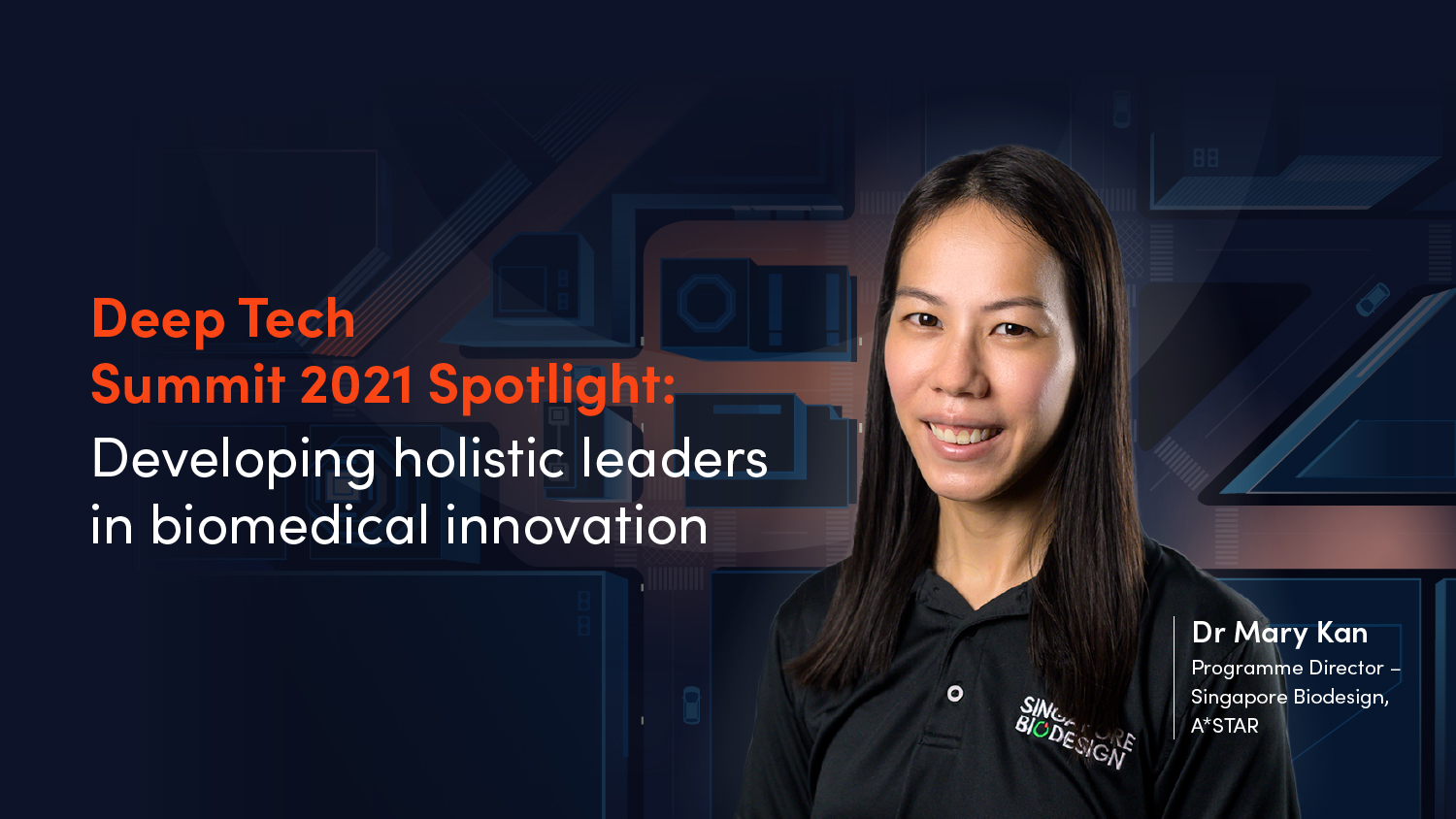How Deep Tech is closing the gap on the SDGs
Mon, 02/03/2025 - 12:00
The 2030 deadline to achieve the Sustainable Development Goals (SDGs) is fast approaching. More needs to be done faster to meet these goals. Deep Tech startups can help to accelerate the pace of change in key sectors like energy and advanced materials. While reporting standards can help align Deep Tech innovations to fulfil SDGs, their lack of interoperability remains a challenge that often leaves gaps.
Seventeen goals, 169 targets, five more years.
As the clock ticks down to 2030, nations around the world are facing a reckoning on their United Nations Sustainable Development Goals (SDGs).
The SDGs are a shared blueprint that aims to eradicate poverty, protect the environment, and usher in peace and prosperity for all by 2030. They set out targets in areas such as climate action, affordable and clean energy, and gender equality.
According to the UN’s Sustainable Development Goals Report 2024, only 17 per cent of SDG targets are on track, while progress on one third of SDGs has either halted or is regressing.
“These statistics underscore the urgent need for innovative solutions and stronger collective action to accelerate progress and narrow the gaps,” said Ms Weijing Ye, Deep Tech and Innovation Analyst at the United Nations Development Programme (UNDP) Global Centre for Technology, Innovation and Sustainable Development in Singapore.
She noted that research shows 97% of Deep Tech innovations contribute to at least one (SDG), demonstrating the potential of these advanced technologies to drive global sustainable development.
Ms Ye spoke at the inaugural Deep Tech for SDG Series, jointly organised by the UNDP Global Centre and SGInnovate. The series explores how Deep Tech innovations can be applied to some of the most pressing challenges of our time. It serves as a platform to bring together diverse stakeholders from the Deep Tech ecosystem, fostering collaboration to translate these innovations into impactful solutions.

Ms Weijing Ye
Measuring, tracking and reporting sustainability
Defining and demonstrating progress on sustainability goals remains a complex challenge for businesses and startups, especially given the lack of consistency in data collection and reporting methods.
While several sustainability-related reporting standards are available, including those set out by the International Sustainability Standards Board (ISSB) and the Global Reporting Initiative (GRI), their lack of interoperability often leaves gaps that hinder widespread adoption.
However, reporting standards are pivotal in aligning emerging technological innovations with the SDGs. Deep Tech startups inherently operate at the intersection of advanced technologies and societal challenges, often contributing to multiple SDGs simultaneously.
Standardised sustainability metrics can help articulate emerging technologies’ impact effectively, ensuring that investors, regulators, and stakeholders recognise the tangible contributions of these innovations. For example, frameworks by the International Organization for Standardization (ISO) and UNDP can enable companies to quantify their contributions to SDGs, improve accountability and boost collective action by creating a common language and benchmarks for sustainability efforts.
Emerging reporting standards also emphasize tracking the broader impact of Deep Tech solutions, such as carbon capture technologies, novel agrifood systems, and clean energy innovations. By tying technological progress to measurable SDG targets, these frameworks foster greater accountability, transparency, and scalability of solutions. They help startups not only validate their contributions but also attract sustainable financing—an area of growing importance, with Environmental, Social and Governance (ESG) investing surpassing $30 trillion in 2022.
This convergence of Deep Tech and standardized reporting frameworks underscores a critical pathway to accelerating global progress on the SDGs.

Panellists at the inaugural event.
During the event, five startups from Singapore's Deep Tech ecosystem showcased how they are leveraging their innovations to accelerate progress toward specific SDGs:
1. SepPure Technologies
The problem: Recycling organic solvents used in industrial manufacturing is an energy-intensive process as it requires a lot of heat.
The solution: SepPure’s Chemical-Resistant Organic Solvent Nanofiltration (OSN) Membranes offer a novel way to separate chemicals. This membrane technology separates multivalent ions, particles, and organic compounds from solvents using hollow fibres that are less than one nanometer wide, leading to a 90 per cent reduction in energy consumption and emissions, and a 50 per cent reduction in operating costs.
“It’s a plug-and-play model, so it can be easily and seamlessly integrated with existing systems,” said Ms Zhala Sarmast, a technical content strategist at SepPure.
SDGs addressed: 3, 7, 8, 9, 12, 13, 15

Ms Zhala Sarmast, Technical Content Strategist, SepPure Technologies
2. Xinterra
The problem: The world’s appetite for fashion means the textile industry is a massive polluter, responsible for 2 to 8 per cent of the world’s greenhouse gas emissions.
The solution: COzTERRA, a brand of textile treatment developed by Xinterra using artificial intelligence, transforms dormant surfaces into carbon capturing sites. A typical T-shirt treated with COzTERRA is capable of sequestering 16g to 41g of carbon dioxide in its lifetime, turning it into a harmless mineral that can be washed away.
“If the whole population of Manhattan wore these T-shirts, it would be the equivalent of four more Central Parks,” said Xinterra’s Chief Executive Officer, Mr Patrick Teyssonneyre.
The problem: Countries are not cooperating enough to trigger major reforms in energy production, transportation, and food production, potentially delaying the energy transition by decades.
The solution: The Global Mitigation Potential Atlas (GMPA) is a map-based database that makes collaboration among countries easier by systematically gathering country-specific emissions data and identifying strategies and pathways to partnerships. Created by an international consortium of researchers, with modelling work done by MOYA, the GMPA harmonises data across countries, especially since calculation methods may differ across borders, and helps to accelerate decision-making for policymakers and investors.
“We want to have tools that enable sustainability reporting, both at the country and corporate level,” said Mr Aniq Ahsan, founder of MOYA.
SDGs addressed: 3, 6, 7, 8, 10, 12, 13, 17
The problem: Lithium-ion batteries currently dominate the rechargeable electricity market, but their production generates a massive amount of carbon dioxide emissions.
The solution: A high energy-density lithium sulfur battery produced using the byproducts from oil refineries, lowering battery costs by 20 per cent. It is less prone to fires and has an environmental impact that is up to 40 per cent lower than that of existing lithium-ion batteries. It also extends the travel time for electric vessels by up to three times, and reduces battery weight by at least 30 per cent.
“It is highly compact, lightweight, safe, and sustainable,” said Dr Prasada Rao R, Chief Executive Officer of Thiospark Energy.
5. HYDGEN
The problem: Green hydrogen is 100 per cent sustainable but is two to three times more expensive than grey hydrogen, which is produced from natural gas or methane. It is also difficult to transport and store.
The solution: HYDGEN’s advanced Anion Exchange Membrane (AEM) enables more efficient ion migration during electrolysis through a specially developed anion exchange membrane. This membrane facilitates the molecular catalysts and co-catalysts in creating reactions that results in increased hydrogen production, all while avoiding the use of rare earth metals like iridium and platinum in the production of this electrolyser stack.
“A lot of governments have committed to a hydrogen agenda, including Singapore which aims to become a hub for hydrogen and ammonia,” said Mr Michael Gryseels, HYDGEN’s Chairman, adding that an assembly line has been set up in India.
Sign up for a Deep Tech Central (DTC) account now to attend other UNDP co-hosted events or for other Deep Tech networking opportunities.
Trending Posts
- A Guide to Singapore’s Hydrogen Ecosystem
- Walking the tightrope of disclosure to create a robust IP strategy
- Why intellectual property (IP) strategy can mean the difference between life and death for a startup
- Going behind-the-scenes in a MedTech startup for a 6-month internship to create lasting impact
- A Guide to Singapore’s Quantum Ecosystem






